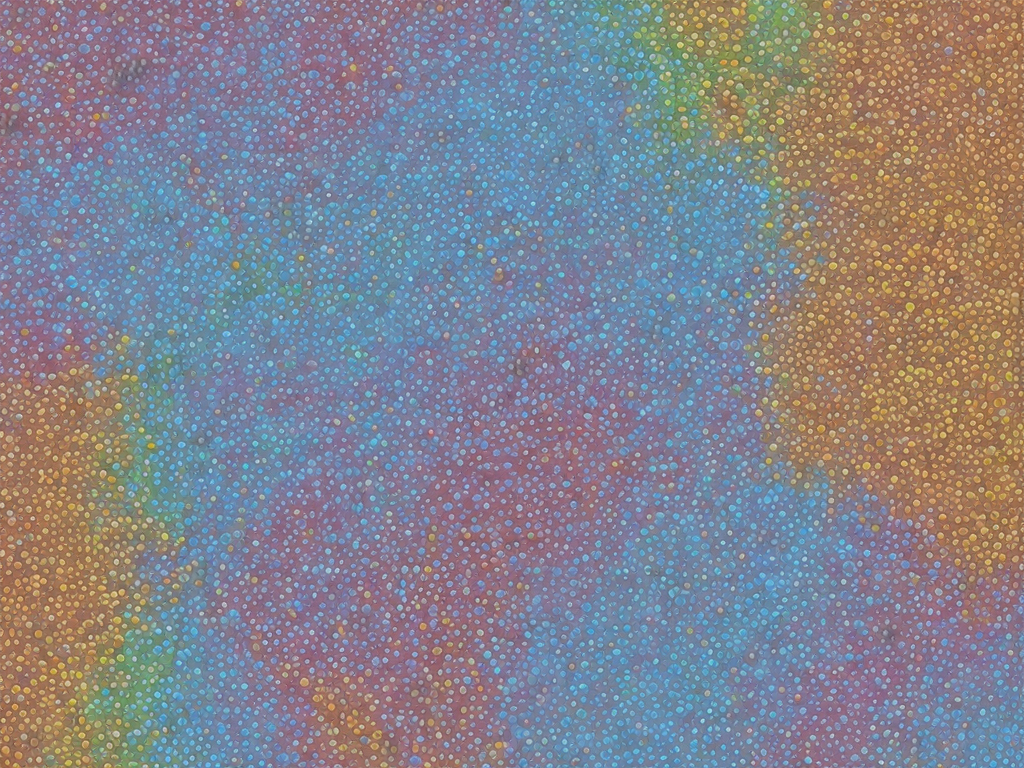
Linkage and recombination are two important concepts in genetics that have to do with the way traits are inherited from parents to offspring. Linkage refers to the tendency of certain genes to be inherited together, while recombination refers to the process of shuffling genetic material during meiosis, which can lead to the creation of new combinations of genes. Understanding the difference between these two concepts is important for understanding how genetic diversity arises in populations, and how traits are passed down from one generation to the next.
Linkage occurs when two or more genes are located on the same chromosome and are therefore physically close to each other. This means that when one of these genes is inherited from a parent, there is a greater probability that the other gene(s) on the same chromosome will also be inherited. Conversely, genes that are located on different chromosomes are said to be unlinked, and there is no particular tendency for them to be inherited together.
To understand linkage, it's important to understand the behavior of chromosomes during meiosis. During meiosis, the chromosomes in a cell first replicate themselves, creating two identical copies of each chromosome. These pairs of chromosomes then line up along the middle of the cell, and homologous chromosomes (i.e., chromosomes that carry the same genes in the same order) exchange genetic material through a process called crossing over. This results in new combinations of genes on each chromosome, which are then separated into different cells.
However, if two genes are located very close together on the same chromosome, there is a much lower probability that they will be separated by crossing over during meiosis. This is because the physical distance between the genes is so small that it is unlikely that the cross-over event will occur between them. This means that the genes are said to be "linked," and there is a strong tendency for them to be inherited together. This can be seen in the example of fruit flies.
Suppose that a male fruit fly carries two genes, one for red eyes (R) and one for long wings (L), on the same chromosome. These genes are closely linked, which means that they tend to be inherited together. For example, when the male fly produces sperm, most of the sperm will carry either both traits (red eyes and long wings), or neither trait (i.e., the other chromosome he inherited from his mother). However, there will be very few sperm that carry one trait but not the other (i.e., red eyes but short wings, or long wings but not red eyes) because the genes for these traits are so close together that it is unlikely that they will be separated by crossing over during meiosis.
Recombination, in contrast, refers to the process of shuffling genetic material during meiosis, which creates new combinations of genes on each chromosome. During crossing over, homologous chromosomes exchange genetic material, which can result in the creation of new combinations of genes that were not present in either parent. This process is random, and the probability of any particular combination of genes being created depends on a number of factors, such as the distance between the genes on the chromosome and the frequency of crossing over.
Recombination is important for genetic diversity because it creates new combinations of genes that may be advantageous to individuals in different environments. For example, suppose that a plant population carries a gene for resistance to a particular herbicide on one chromosome, and a gene for drought tolerance on another chromosome. If these genes are on different chromosomes, there is no particular tendency for them to be inherited together, which means that the frequency of the herbicide-resistant/drought-tolerant combination of genes will depend on the frequency of the individual genes in the population. However, if these genes are on the same chromosome but far apart from each other, there is a higher probability that they will be separated by crossing over during meiosis, which means that there will be a greater diversity of combinations of genes in the population. Some of these combinations may be advantageous in certain environments, such as locations where the herbicide is used frequently or where water is scarce.
To summarize, linkage and recombination are two important concepts in genetics that describe the way genes are inherited from one generation to the next. Linkage refers to the tendency of certain genes to be inherited together, which occurs when two or more genes are located close together on the same chromosome. Recombination, in contrast, refers to the random shuffling of genetic material during meiosis, which can create new combinations of genes that were not present in either parent. These concepts are important for understanding genetic diversity and the way traits are passed down in populations, and they have many practical applications in fields such as agriculture and medicine.
 Self-Instruct
Self-Instruct